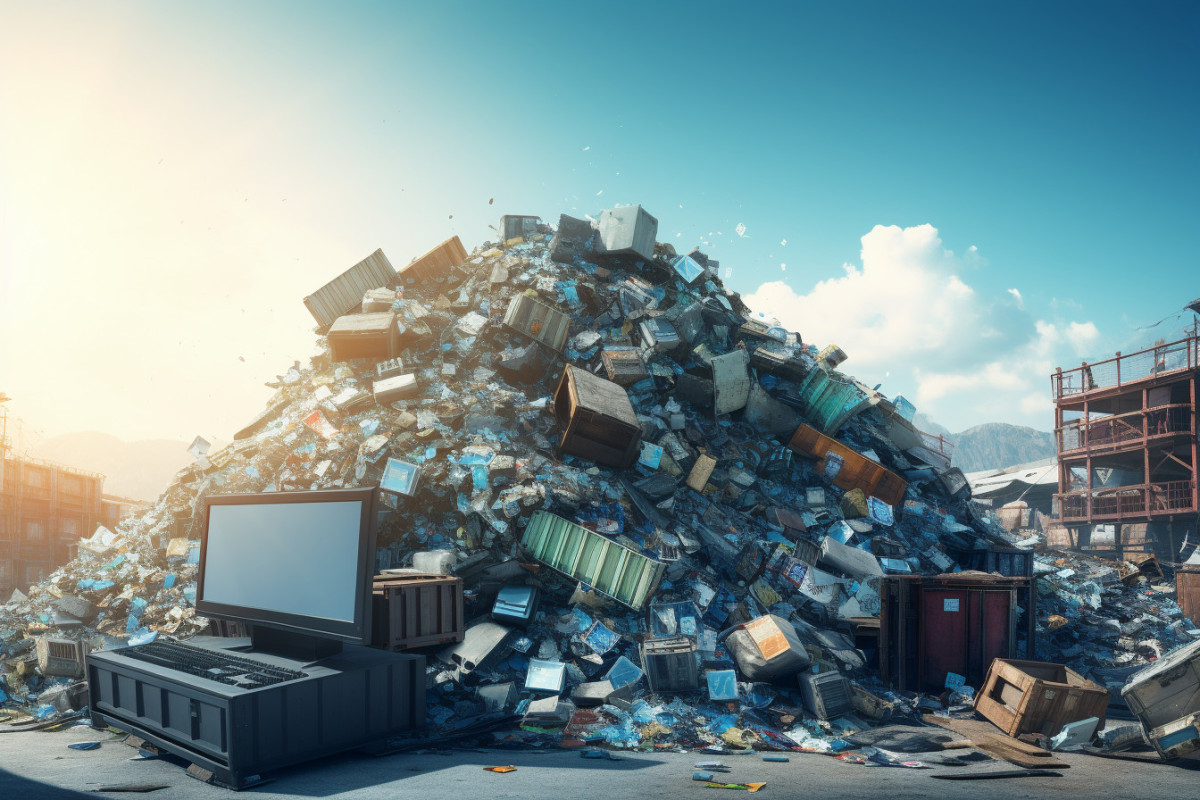In the technologically advanced era we live in, the synergy of artificial intelligence (AI) and waste recycling is creating a revolution that’s transforming our approach to waste management. This phenomenon is paving the way towards a sustainable future.
AI: Transforming the Face of Waste Recycling
Artificial intelligence is not just confined to the realm of science fiction anymore. It has become a reality and is being incorporated into various sectors, including waste management. With the power of AI, the waste recycling industry is witnessing significant improvements. But what is the role of AI in waste recycling? Well, AI enhances the efficiency of waste sorting, reducing the amount of waste that ends up in landfills. It also aids in identifying and separating recyclable materials, ensuring they don’t go to waste.
The Wonders of AI in Waste Sorting
An impressive feat of AI in waste recycling is its ability to streamline the waste sorting process. AI-powered robots are now being employed to sort waste more efficiently and accurately than ever before. These robots are equipped with cameras and sensors that can identify and separate different types of waste materials. This technology not only increases the efficiency of waste sorting but also ensures that fewer recyclable materials end up in landfills.
AI and Its Impact on Recycling Rates
With the help of AI, the rate of recycling has experienced a considerable boost. AI technologies, such as machine learning algorithms, can predict recycling trends, enabling waste management companies to make informed decisions. This increase in recycling rates is a step in the right direction towards a greener planet.
AI for Enhanced Waste Management Efficiency
AI has the potential to make waste management more efficient. It enables real-time monitoring and forecasting of waste generation, allowing waste management companies to optimize their operations. This efficiency translates into reduced costs and improved sustainability.
The Future of AI in Waste Recycling
The future of waste recycling with AI looks promising. As technology continues to evolve, we can expect AI to play an even more significant role in waste management. AI-powered solutions will not only enhance waste recycling processes but also contribute to the larger goal of sustainability.
Conclusion
In conclusion, the integration of AI into waste recycling is a game-changer. It is transforming the way we manage waste, making the process more efficient and sustainable. With AI’s help, we can look forward to a future where waste is managed more effectively, contributing to a greener and cleaner planet.
FAQ
1. How is AI improving the efficiency of waste recycling?
AI enhances the efficiency of waste recycling by streamlining the waste sorting process. It uses sensors and cameras to identify and separate different types of waste, reducing the amount of waste that ends up in landfills.
2. How is AI impacting recycling rates?
AI technologies, like machine learning algorithms, can predict recycling trends. This enables waste management companies to make informed decisions, leading to increased recycling rates.
3. What does the future hold for AI in waste recycling?
The future of AI in waste recycling looks promising. As technology continues to evolve, we can expect AI to play an even more significant role in waste management, enhancing processes and contributing to sustainability.

